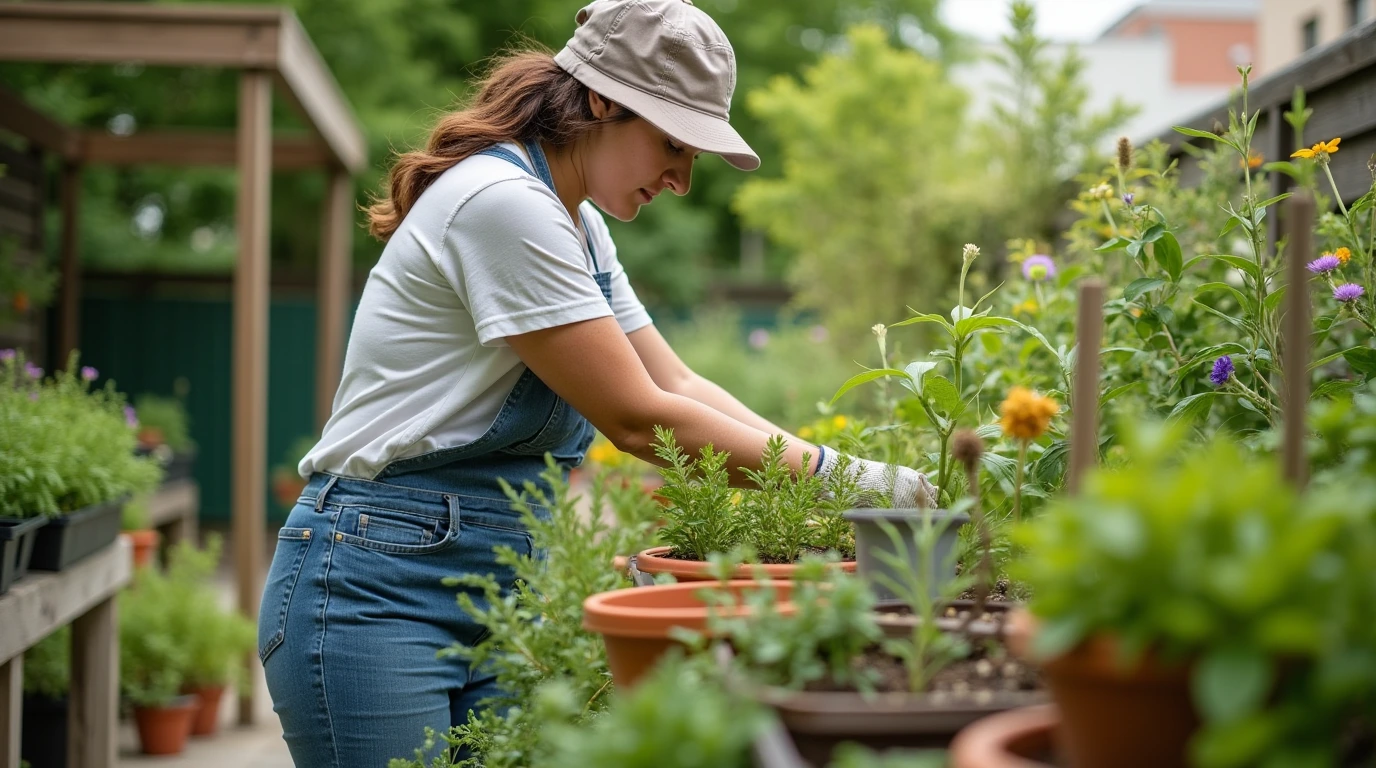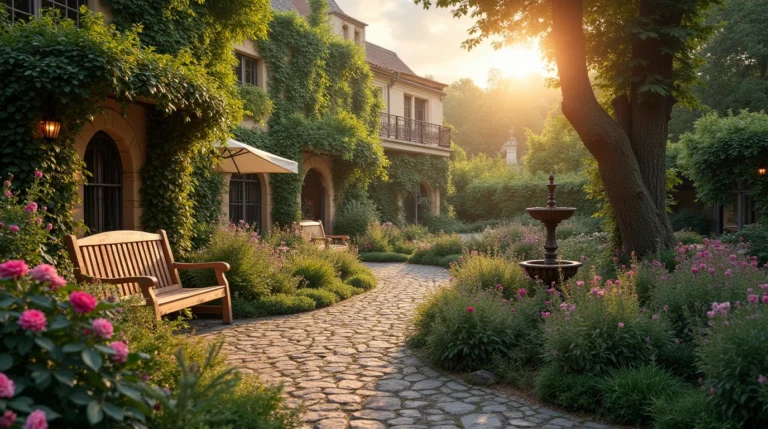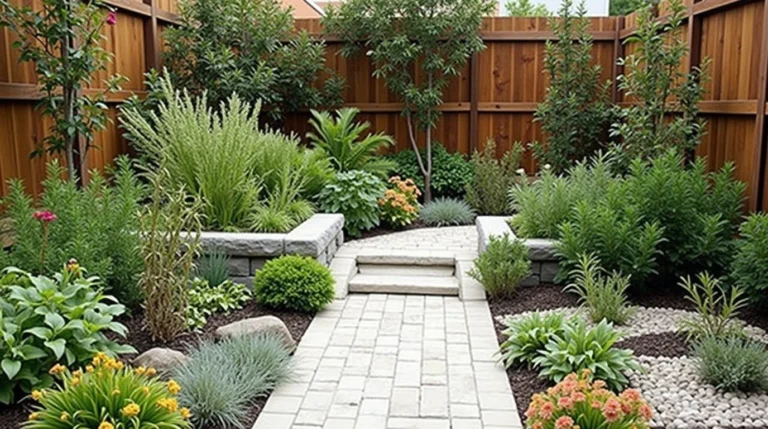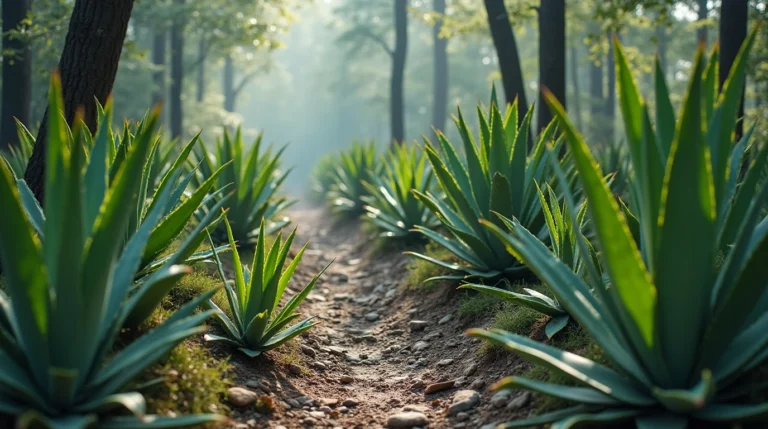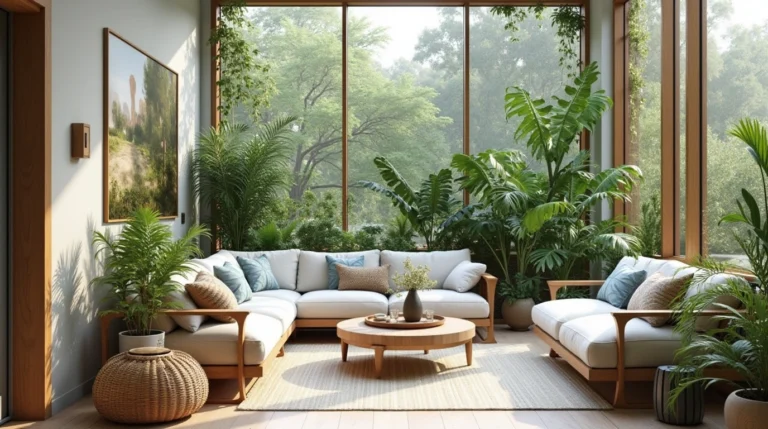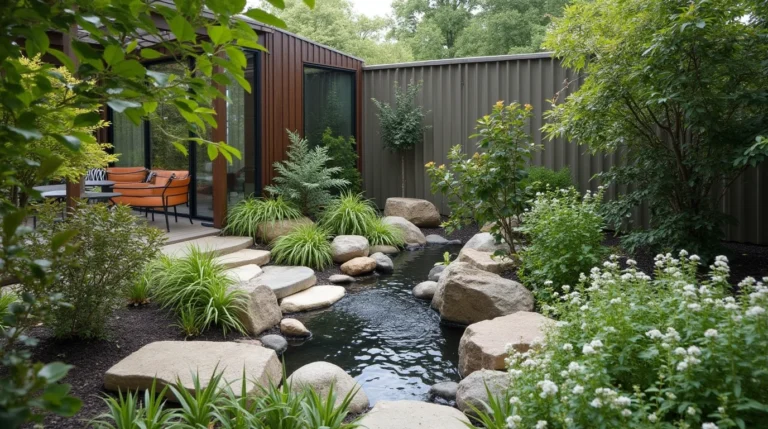10 Inspiring Urban Gardening Tips for Thriving Small Spaces”
Table of Contents
Urban gardening is a growing trend in cities worldwide, as more people are discovering the joy of growing their own plants, vegetables, and herbs, even in small spaces. Whether you have a tiny balcony, rooftop, or even a small window box, urban gardening can transform your urban space into a vibrant, green oasis. In this blog post, we’ll explore urban gardening tips to help you thrive in the limited space that city living offers.
Creating a garden in an urban environment presents a unique set of challenges—limited space, poor soil quality, and less access to natural sunlight. However, with the right knowledge, planning, and urban gardening tips, you can overcome these challenges and create a beautiful garden that flourishes in an urban setting.
This guide will share 10 essential urban gardening tips for beginners and experienced gardeners alike, offering creative ideas to maximize your limited space, optimize your gardening efforts, and bring a breath of fresh air to your city life.
1. Start Small with Vertical Gardens
In urban areas, where space is often limited, one of the best urban gardening tips is to think vertically. Vertical gardens allow you to make the most of your available space by growing plants upwards, rather than outwards. This can be done using various methods, such as trellises, hanging planters, wall-mounted shelves, or even vertical hydroponic systems.
Vertical gardening not only maximizes your space but also adds an aesthetic appeal to your urban garden. Consider planting climbing plants like ivy, tomatoes, or peas along fences or balcony rails. Vertical gardens are perfect for growing flowers, herbs, or even small vegetables, all while saving space.
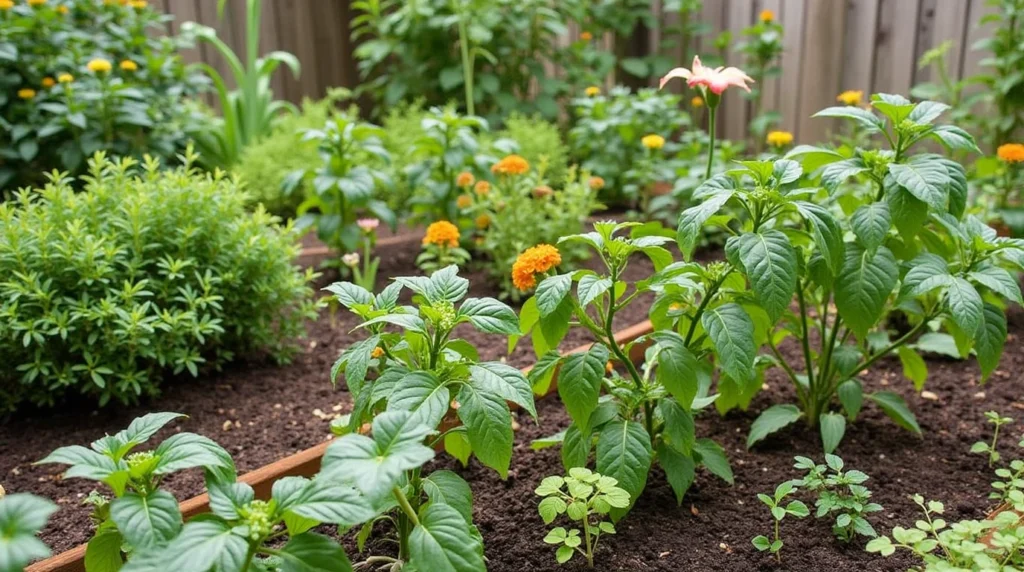
2. Choose the Right Containers for Your Plants
Container gardening is one of the most popular urban gardening tips. It allows you to grow plants anywhere—from a tiny balcony to a rooftop garden. Containers come in many shapes and sizes, from traditional pots to self-watering planters and hanging baskets. Choosing the right container is crucial for your plants’ health, as it impacts drainage, airflow, and overall plant growth.
For small spaces, select compact and lightweight containers. Ensure that the containers have proper drainage holes to prevent waterlogging. You can grow everything from flowers and herbs to tomatoes and peppers in containers. Also, opt for containers that complement your urban aesthetic, whether modern, rustic, or minimalist.
3. Maximize Light with Reflective Surfaces
In an urban setting, access to natural light may be limited, especially if you’re in an apartment or have surrounding tall buildings. However, reflective surfaces can help increase the amount of light your plants receive. Consider placing reflective materials such as mirrors, white walls, or aluminum foil near your plants to bounce sunlight onto them.
If you don’t have direct access to sunlight, artificial grow lights are an excellent alternative. Full-spectrum LED grow lights are energy-efficient and can provide your plants with the light they need to grow, even in shaded or indoor spaces.
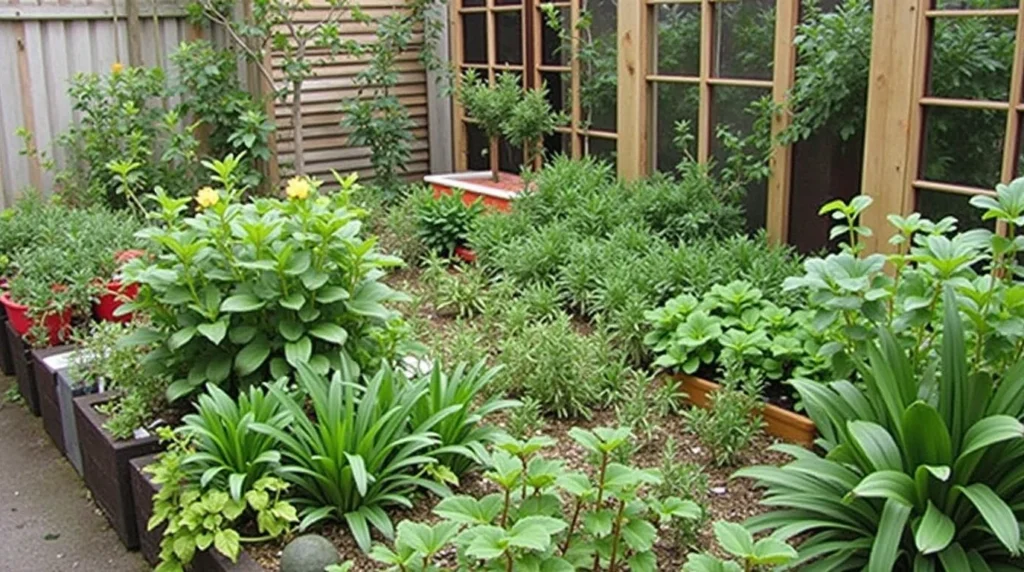
4. Make Use of Urban Roof Gardens
If you have access to a roof, you have the perfect opportunity to create a garden in the sky. Roof gardens are becoming increasingly popular in cities as a way to grow plants and create green spaces in urban environments. You can grow vegetables, herbs, and flowers on a rooftop garden, and with the right setup, it can provide privacy, beauty, and even a space to relax.
When designing your roof garden, ensure that the roof can support the weight of containers, soil, and plants. Additionally, be mindful of wind exposure, which can dry out plants quickly. Consider using sturdy containers and adding windbreaks to protect your plants.
5. Plan for Proper Irrigation
Watering can be one of the most challenging aspects of urban gardening, especially in small spaces. One of the most important urban gardening tips is to set up an efficient irrigation system. For container gardens, a self-watering system can help maintain consistent moisture levels. You can also use drip irrigation to water plants more efficiently.
If you’re growing a larger garden or rooftop garden, you may want to install a rainwater harvesting system to collect rainwater and use it for your plants. This not only conserves water but also ensures your plants receive clean, chemical-free water.
6. Optimize Soil Quality with Composting
In urban environments, soil quality may not always be ideal for gardening. However, there’s an easy solution: composting. By composting organic waste such as vegetable scraps, coffee grounds, and garden clippings, you can create nutrient-rich soil that helps your plants thrive. Composting can be done in small spaces using a compost bin or a worm bin.
Incorporating compost into your soil will improve its structure, drainage, and nutrient content. This is especially helpful in container gardening, where soil often needs to be replenished regularly.

7. Use Raised Garden Beds for Better Soil Control
Raised garden beds are an excellent option for urban gardening because they give you more control over the soil quality. If you’re working with poor or contaminated soil, raised beds allow you to fill them with high-quality soil that’s ideal for growing your plants. Additionally, raised beds provide better drainage and reduce the risk of soil compaction.
Raised beds are also easier to maintain and work with, as they can be built at a comfortable height, reducing the need to bend over. They can be customized to fit your space and are perfect for growing everything from herbs to vegetables in small urban environments.
8. Choose Drought-Tolerant Plants
If you’re gardening in an urban area with limited access to water, one of the best urban gardening tips is to select drought-tolerant plants. These plants require less water and can thrive in dry conditions, making them ideal for container gardening or urban gardens that face water scarcity.
Some drought-tolerant plants include succulents, lavender, rosemary, and certain varieties of herbs and grasses. Not only will these plants help conserve water, but they also add texture, color, and fragrance to your urban garden.

9. Grow Edible Plants for Fresh Produce
One of the benefits of urban gardening is that it allows you to grow your own food, even in small spaces. Edible gardening can include everything from herbs and leafy greens to fruits and vegetables. Urban gardening tips for edible plants include choosing compact varieties that grow well in containers, such as dwarf tomatoes, peppers, and leafy greens like lettuce and spinach.
Herbs like basil, mint, and parsley thrive in small spaces and can be grown in containers on a windowsill or balcony. Growing your own food not only saves money but also provides you with fresh, organic produce right at your doorstep.
10. Keep Your Urban Garden Sustainable
Sustainability is an essential consideration in urban gardening. Implementing sustainable practices can help you reduce your environmental footprint while creating a beautiful, thriving garden. You can do this by using eco-friendly materials, conserving water, and reducing waste. Additionally, choosing native plants can help support local wildlife and reduce the need for chemical fertilizers and pesticides.
Consider using organic gardening practices and avoiding synthetic chemicals. A sustainable urban garden is both eco-friendly and productive, providing you with fresh produce and a green sanctuary in the heart of the city.
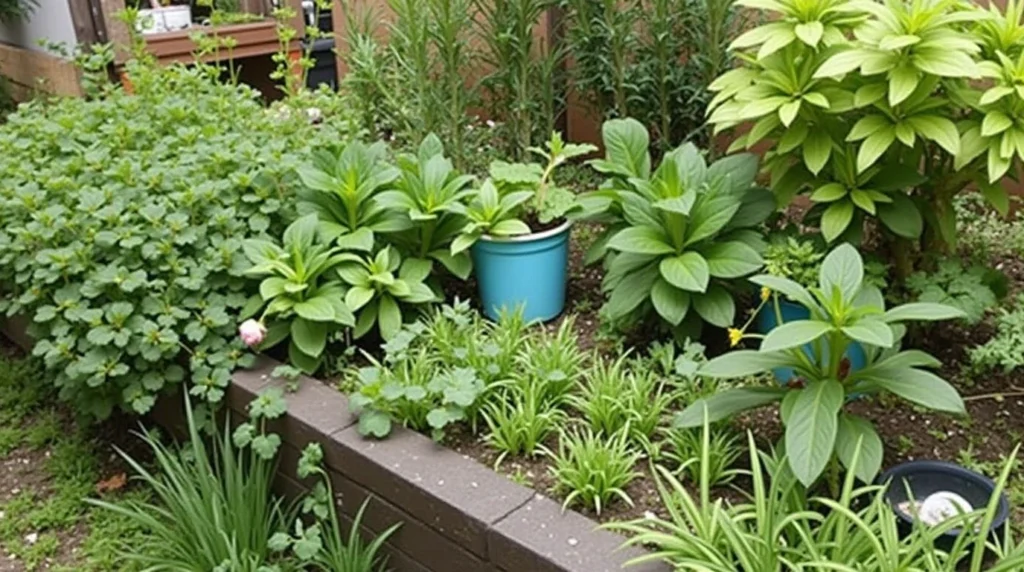
Conclusion: Urban Gardening Tips for City Dwellers
Urban gardening offers endless possibilities, even in the smallest of spaces. With the right planning, creativity, and tools, you can turn your city dwelling into a green paradise, whether you’re growing herbs, flowers, or vegetables. The tips we’ve discussed will help you maximize your space, conserve resources, and enjoy the many benefits of urban gardening. Start small, and as you learn, you can continue to expand and improve your urban garden. Happy gardening.

